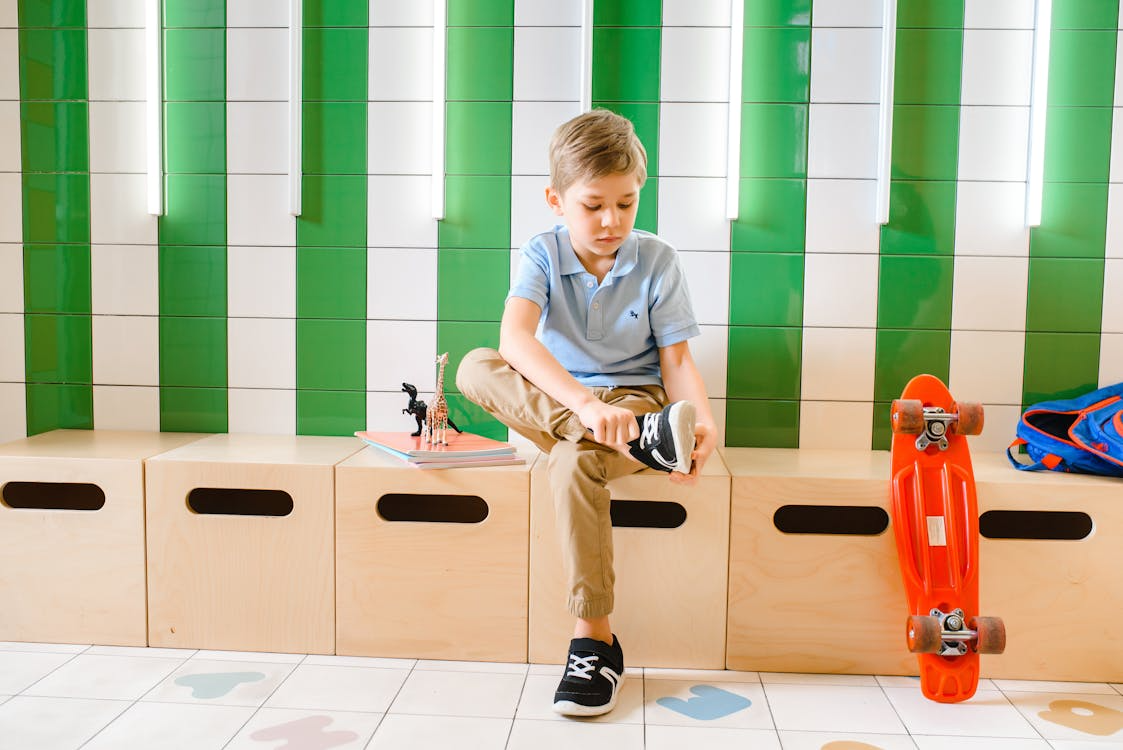The environment where content is created often plays a silent yet decisive role in shaping the quality of work. Writers, designers, and digital storytellers are well aware of the challenge of spending long hours at a desk, balancing inspiration with physical comfort. Seating may appear like a small detail, yet it has a profound influence on creativity, stamina, and productivity.
Flexible workspaces are everywhere now, and commercial bar stools have become part of this trend. Unlike bulky office chairs, stools bring a different energy into a room. They encourage upright posture, save valuable space, and blend seamlessly into home studios or coworking hubs. For anyone who spends entire days drafting articles or editing videos, posture and ergonomics are no longer optional. Poor seating is linked to back discomfort, and many remote workers report pain after long sessions. Research shows that ergonomic interventions can reduce lost workdays by up to 88 percent, a striking figure. Choosing the right stool is not only about style; it is an investment in health, focus, and sustainable creativity.
Ergonomics is not a passing trend. It is a science that shapes how furniture supports the body and its natural movements. In bar stools, this begins with seat height and footrest placement, both of which dictate spinal alignment. A stool set too low or too high can strain the back, neck, and wrists, while one that fits properly helps maintain balance and reduce tension.
Beyond height, seat depth and width matter. They spread weight evenly and prevent pressure points. Lumbar support, even when minimal, preserves the spine’s natural curve. Active sitting also plays a role, allowing posture shifts that boost circulation. Adjustable features, height, angle, or footrest, help different body types find a personal fit. The results are measurable. Studies consistently show that ergonomic furniture can boost productivity by 15 to 20 percent, which proves that smart design pays off.
A stool can do more than prevent discomfort. It can shape the creative process itself. Writers often face hours of typing, and without proper support, focus fades quickly. Comfort and flow are closely linked, and a stool that keeps the body relaxed without forcing it to slouch helps the mind stay alert.
Features such as swiveling open new possibilities. Turning smoothly across a desk, reaching for notes, or shifting posture becomes effortless. Seat height also influences energy. Some creators prefer higher stools because they encourage alertness and prevent the slump that occurs when sitting too low. Proper foot support is another detail. Dangling feet cause fatigue, while a sturdy footrest helps maintain steady energy. For others, minimalist stool designs eliminate clutter, allowing them to think clearly in a clean space.
Traditional office chairs come with padding, back support, and multiple adjustments, while commercial bar stools are designed for upright posture and space efficiency. Chairs offer comfort through armrests and cushions, but stools excel in terms of portability and footprint, making them ideal for small studios or multipurpose rooms.
The most innovative approach is often a mix. Writers who alternate between stools and chairs avoid stiffness and keep their posture fresh. Hybrid workspaces already reflect this blend, giving people options throughout the day. What surprises many is how stools sometimes allow for more natural posture shifts than rigid chairs, thanks to their swiveling and open design. One study even showed that productivity in workplaces improved by 40 percent after ergonomic furniture was introduced. Clearly, stools deserve their place beside traditional seating.
Not every stool is built for long days of writing. Adjustable seat height is a must, especially since desk and table heights vary. Comfort is equally important, with cushioned seats made from high-density foam offering reliable support during extended sessions.
Footrests deserve special attention. Positioned correctly, they allow knees to rest at about a 90-degree angle, preventing unnecessary pressure on the legs. Stability also matters: a wobbly stool distracts from focus. Materials such as durable hardwoods, metals, or quality upholstery combine longevity with comfort. Some stools add partial backrests or lumbar pads for lower spine support, while swivel functions make reaching and turning less of a strain. Even the depth and width of the seat affect circulation in the thighs. It is no wonder the global ergonomic furniture market is projected to surpass 15 billion USD by 2030.
Productivity does not live on comfort alone. Aesthetics influence how motivated someone feels to sit and work. Modern, industrial, and minimalist stool designs have gained significant popularity, offering both visual appeal and functionality. Matching stools with surrounding décor creates harmony that reduces distraction.
Color psychology plays its own subtle game. Neutral tones promote calm and focus, while bold hues can energize the mind. Creative professionals often see their workspace as an extension of their personal brand, and furniture becomes part of that image. Still, beauty must not replace function. A stool that looks stylish but is poorly designed will quickly undermine productivity. The best outcomes occur when appearance and ergonomics work in harmony.
What sits beneath a writer affects more than their comfort. Ergonomic stools encourage core engagement and discourage slouching. This keeps shoulders and neck aligned, reducing strain over time. Allowing for posture changes helps keep blood flowing and wards off stiffness.
The statistics highlight the risks of ignoring this. Over 60 percent of remote workers report pain from poorly designed seating, and musculoskeletal disorders remain some of the most common workplace injuries worldwide. Introducing better seating lowers fatigue, cuts absenteeism, and makes creative work more sustainable. When the body feels supported, the mind is freer to create without distraction.
Practical adjustments can make long writing sessions easier. Alternating between sitting and standing gives muscles a break. Cushions or pads extend comfort on stools with more complex surfaces. Keeping your elbows at a 90-degree angle by adjusting the stool height reduces stress on your shoulders and wrists.
Feet should always rest on a support, whether a built-in footrest or a separate bar. Stretching every 30 to 60 minutes refreshes posture and circulation. Switching between stools with backs and those without can bring variety and reduce fatigue. Adjustable features are worth the investment, allowing for small position changes that make a significant difference throughout the day.
Great ideas need more than inspiration. They need a body that feels supported enough to keep working. Commercial bar stools, when chosen with ergonomics in mind, combine durability with health benefits, giving writers and creators a better foundation for their craft.
The results extend well beyond comfort. Better posture protects health, sharper focus improves output, and long-term costs such as injuries or burnout are reduced. Testing different stool designs is wise because what suits one creator may not suit another.
In the bigger picture, sitting smart means working smarter. Comfort fuels confidence, and with the right stool, content creators can approach even the longest writing days with strength and clarity.




Want to add a comment?